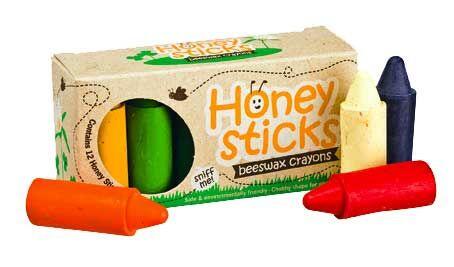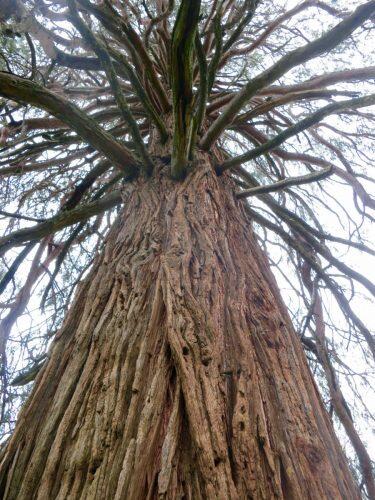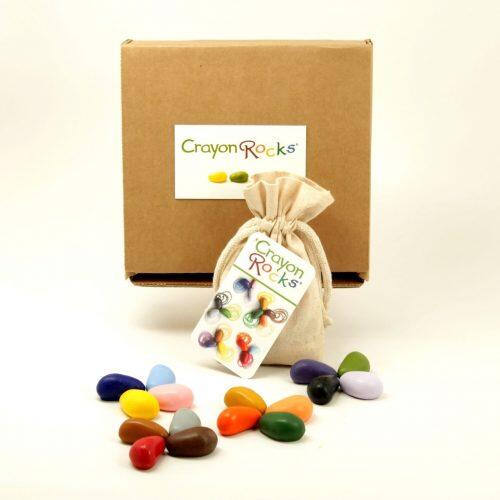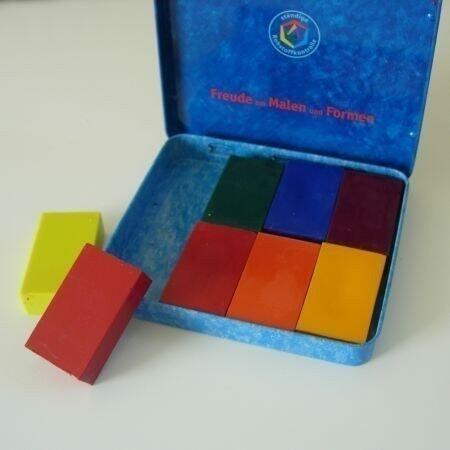Zeina Nasser
Did you know that 15 to 20 million pencils are made each year? Enormous amounts of wood and graphite are needed to make these pencils. 60,000 trees are annually cut for us to use pencils. So what can we do about that?
Eco-friendly and non-toxic pencils or crayons are a major concern, especially among parents. Children spend a lot of their time coloring, so any toxic materials that they encounter while doing their favorite activity (coloring), might affect them harshly.
Some well-known brands such as Faber-Castell started using water-based, environmentally friendly paints in the 1990s.
This is promising on many levels, as children will not be harmed when they chew on pencils, and they would also be saving the environment.
Faber-Castell also released new paints without harmful chemicals, and kept the bright colors children adore.
Why don’t you try soy-crayons or beeswax crayons? They do not cost much, are good to the environment and to your children at the same time.
The National Crayon Recycle Program is another medium for saving the environment as well. They are stopping more than 105,000 pounds of unwanted crayons from going into landfills with the help from schools, organization educators and kids across this country.
The program takes unwanted, rejected, broken crayons to a better place, where they will be recycled into new crayons!
So, let us stop asking what we can do for the environment, and start translating words into actions. After reading this article, you can exchange your children’s art supplies into eco-friendlier ones.















